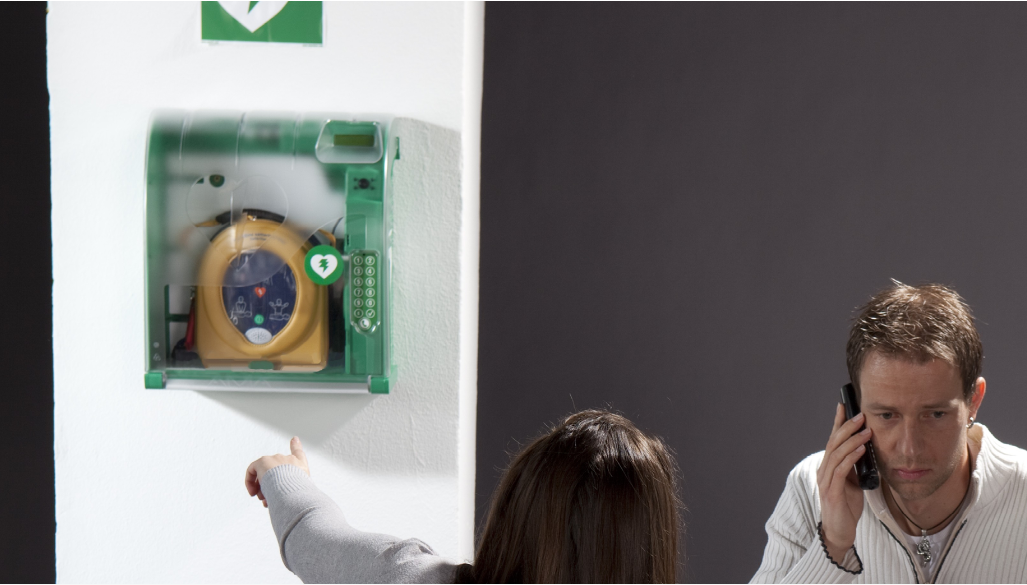In a world where emergencies can occur unexpectedly, having life-saving tools at your disposal is invaluable. One such tool is the Automated Emergency Defibrillator (AED), a device that has saved countless lives in situations of Sudden Cardiac Arrest (SCA).
According to the Australian Red Cross, the chances of survival for victims of Sudden Cardiac Arrest increase to 50-70% when defibrillation occurs within the first 5 minutes. Understanding the vital role of AEDs, their operation, and where to locate them can make a life-saving difference.
They are easy to use and safe and can be used by anyone, even people without medical training.
What is an AED?
An Automated External Defibrillator (AED) is a portable electronic device that can diagnose life-threatening abnormal heart rhythms, which can cause Sudden Cardiac Arrest (SCA). The device delivers an electric shock with a push of a button to try to restart the heart’s normal rhythm, called defibrillation.
If someone is experiencing a cardiac arrest: –
It is crucial to immediately call Triple Zero (000), start performing CPR, and use the defibrillator (AED) to increase the chances of survival.
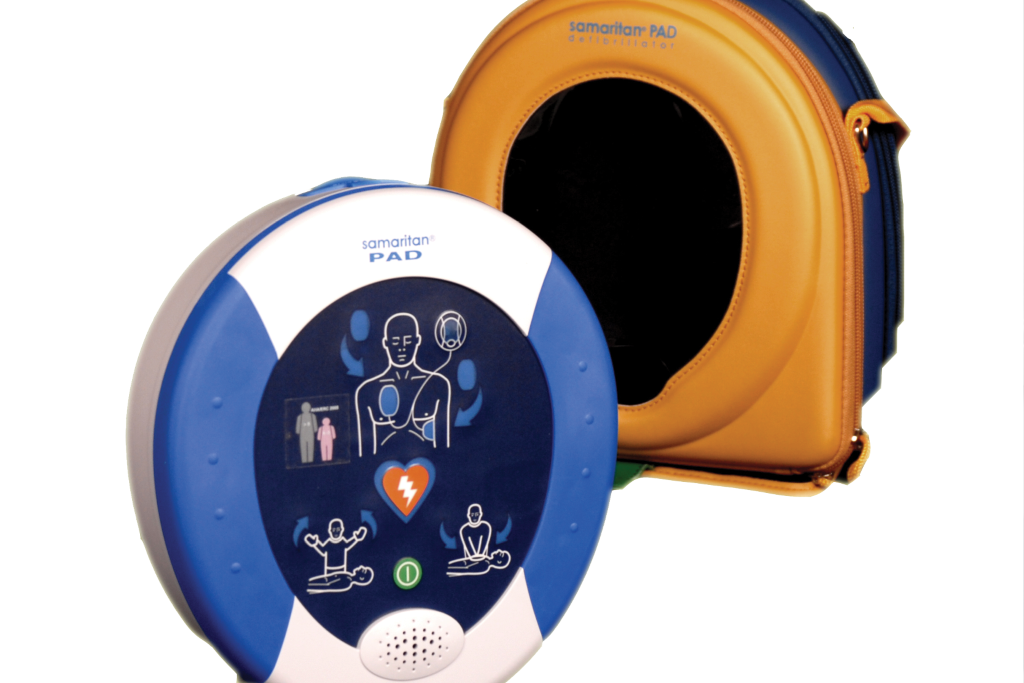
What are the signs of cardiac arrest?
Sudden and swift, a cardiac arrest may occur without any warning signs. If someone is experiencing a cardiac arrest, they may:
– Suddenly collapse and fall
– Have no pulse
– Struggle to breathe or stop breathing altogether
– Lose consciousness, become unresponsive to stimuli such as sound or touch, be unaware of their surroundings, and be unable to be awakened.
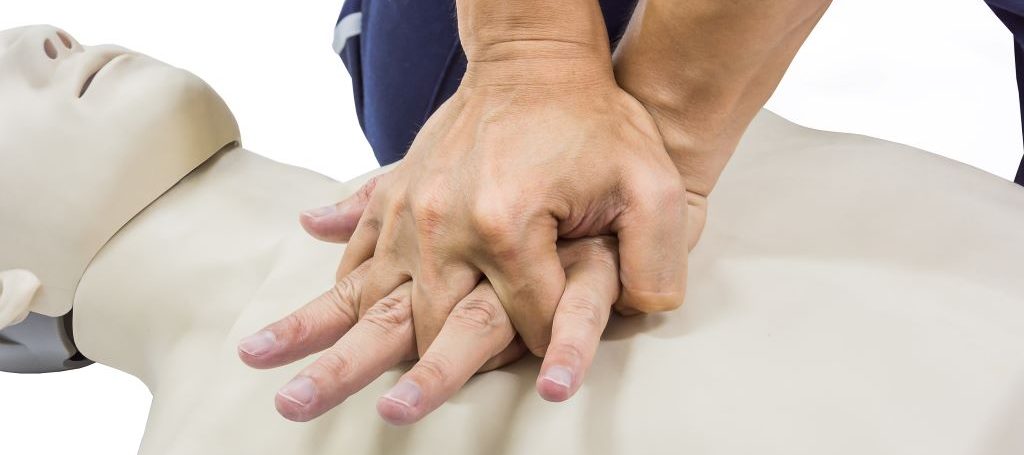
How does an AED work?
When an Automated External Defibrillator (AED) is applied, it first analyses the rhythm of the heart through adhesive pads that are placed on the person’s chest. Then, the device determines whether or not a shock is necessary to restore a normal heartbeat. If a shock is required, the AED instructs the user to press a button to deliver the electric current through the person’s chest to their heart. This electric current aims to disrupt any abnormal electrical activity in the heart and allow the heart’s natural pacemaker to regain control and restore a normal rhythm.
The remarkable advantage of Automated External Defibrillators (AEDs) is their simplicity and user-friendliness, making them accessible to individuals without medical training. These devices are also equipped with built-in safety features, ensuring that they only deliver shocks when deemed necessary, thereby preventing any potential misuse or accidental harm.
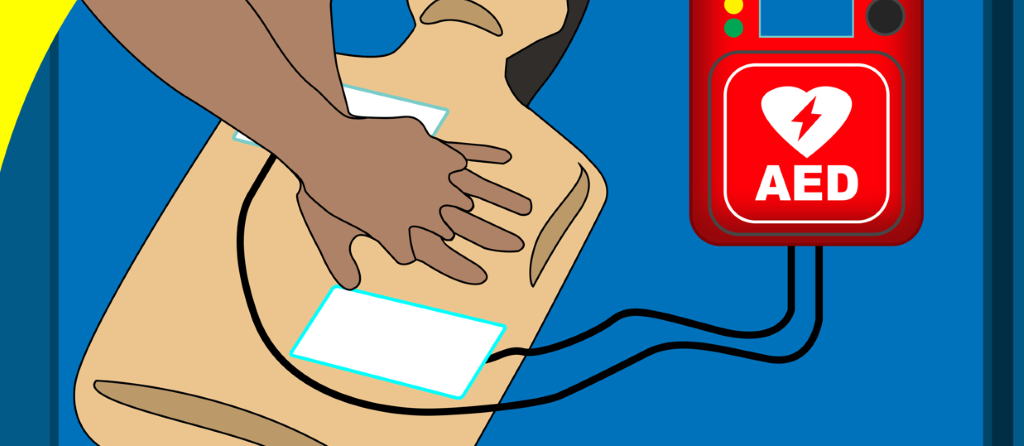
Why Alsco’s AEDs Are the Top Choice
- User-friendly: With simple push-button technology and step-by-step voice instructions, Alsco’s AEDs are suitable for both skilled medics and untrained individuals.
- Guided Assistance: Easy-to-follow visual and voice prompts guide the rescuer through the entire process, from CPR to shock delivery.
- System Status Indicator: This feature ensures the AED is always ready for use, conducting weekly self-checks for safety and operational readiness.
- Advanced Technology: The HeartSine 500P boasts SCOPE™ and cardiac arrhythmia detection technology, delivering efficient and safe shock treatment.
- Portable & Practical: Weighing just over 1kg, the HeartSine 500P is compact, easy to carry, and can be installed virtually anywhere.
- Durability: With high resistance to shock, dust, and moisture, it’s suitable for varied environments, including those exposed to heavy equipment and harsh conditions.
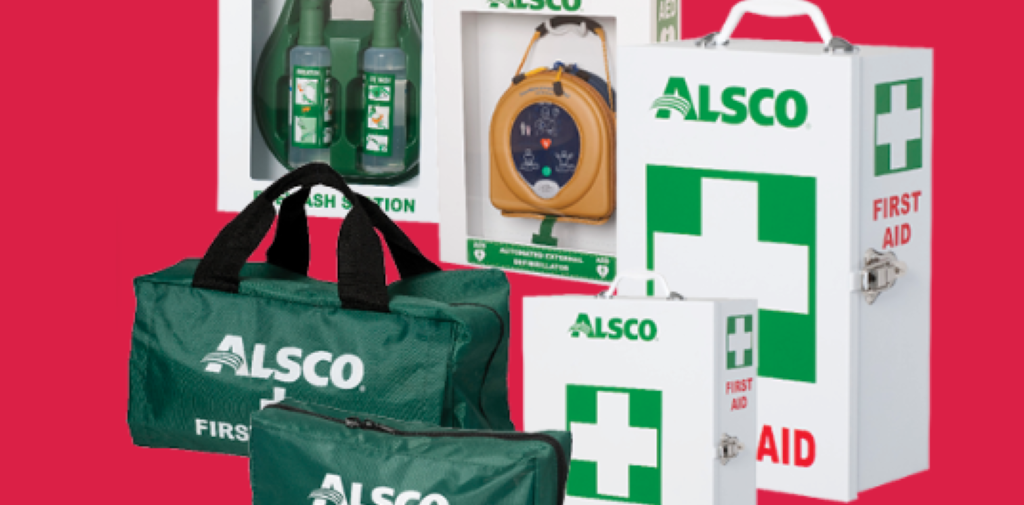
Alsco Uniforms is a leading supplier of First Aid Kits, Automatic Emergency Defibrillators (AEDs), and First Aid Training in Australia. We are committed to helping communities and workplaces across Australia become more AED-aware and prepared for sudden cardiac arrest.
Contact us today to learn more about our First Aid Rental Services.

